As it turns out, a rolling pin does more than only, roll.
They are usually used for rolling out dough for pastries, such as pies and cookies, but can also be used for rolling out bread dough for items like pizza, cinnamon rolls, and pasta.
Rolling Pins are generally about 10 to 15 inches (25 to 40 cm) long and about two to three inches (5 to 7 1/2 cm) in diameter.
They are made from aluminum, ceramic, glass, plastic (nylon or polypropylene), marble, hardwood, or stainless steel. Hardwood is most commonly used.
Though one can’t really go wrong with using a rolling pin, there are definitely better ways to resort to when using the right one.
You may not know this but even if you use a food processor to make your dough, you still need to work it out for some time with a rolling pin. This will inject air into your dough and give the pasta a lighter feel, instead of a condensed and heavy texture that you normally get with mass-produced pasta.
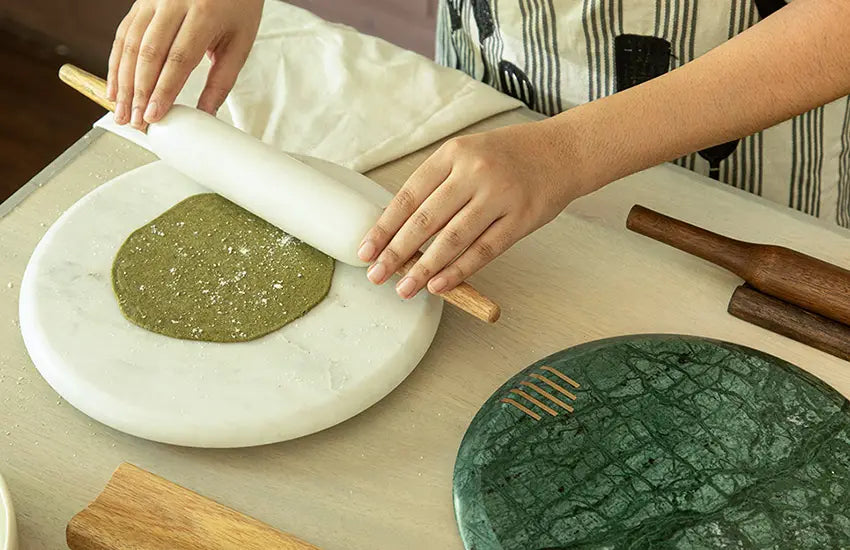
SIZE MATTERS
Size is perhaps the only thing that matters in case of rolling pins. Most of them range between 10 inches to 14 inches. Get one that fits to your surface (making fresh pasta requires a large surface) or at least a 12-inch rolling pin. In this way, you can easily work the dough in many directions and angles.
A larger rolling pin makes work easy- with a bigger pin you can apply maximum pressure with least effort.
IT IS FRENCH VS THE WORLD
French rolling pin
Just like the French have their own way of rolling, so does the French rolling pin. Its shape varies from the standard rolling pin we know as it has more of an oval shape and no handles. In this way, the entire pin is longer, but with different pressure points. These rolling pins run up to 20 inches long, a huge advantage on the standard rolling pin.
Ravioli Rolling Pin
Unlike the standard rolling pin, the ravioli pin will help you shape your ravioli cuts with much less effort. It is not a replacement for the pin you’ll have to work your dough with but a great add-on to make the ravioli more unified.
HOW TO USE A ROLLING PIN
- Lightly sprinkle the surface with flour and put the pastry dough on top. Dust with additional flour. To prevent the rolling pin from sticking to the dough, coat it with flour.
- Hold the rolling pin in your dominant hand and firmly hit the surface of dough until it is flattened.
- Dust more flour on top of and below the dough. Place one hand on each end of the rolling pin. Press the middle part of the pin into the centre of dough. Push down and roll to the edge in one swish. Repeat this process by rolling out to other edges of the dough. Rotate the dough in a quarter turn and continue rolling, always first from the centre, and then rolling outwards.
- An Italian rolling pin is heavier than the French rolling pin and flattens the dough more quickly. To use it, place your hands flat on either end of the pin while keeping the fingers flexed. Roll the pin below your hands and across the dough. Continue sprinkling the work surface with flour when needed.
- To round out the dough, use a French rolling pin. Place one hand flat on top of the pin and anchor it down on top of the dough. Use the other hand and roll the pin in a circular motion to create a rounder, fuller shape.
- Keep rolling until the dough is totally flat. Lift and flip the dough periodically, adding more flour to the work surface to prevent sticking or tearing.
The J.K. Adams FRP-2 Maple Wood French Dowel Rolling Pin, 20-1/2-Inch-by-1-1/2-Inch can also be used as a foam roller when your back aches after a long day of cooking. Here are some more uses for rolling pins in the kitchen that will save you some time and space.
GRIND
A rolling pin can be used to grind spices in lieu of a mortar and pestle. Yes, an electric spice grinder will make the process quicker and involve minimal elbow grease. But hey, we could all use the workout.
TENDERIZE
It is an effective replacement for a meat mallet.
CRUMB
These kitchen weapons can be used to crumb chips or turn nuts to nearly dust.
SMASH
For those who are cocktail savvy, a rolling pin can be used as a muddler and an ice-crusher. The flat ends of the pin have the right surface area to smash herbs for releasing essential oils for maximum flavor. Basically, anything-garlic, roasted tomatoes- can be smashed with the help of a rolling pin.
MOLD
It is a solid and sturdy mold for tuile (a baked wafer, French in origin, generally arced in shape) or fondant (an icing used to decorate or sculpt cakes and pastries). Further, one can use the end as a stencil by closely cutting around its edge to create uniformly-sized discs.
HOW TO USE ROLLING PINS OF VARIOUS MATERIALS
A marble rolling pin must be chilled before using so that it is easier to roll out sensitive doughs like laminated pastry (puff pastry, Danish and croissant doughs); silicone barrels help keep dough from sticking to the pin, minimizing the amount of flour needed when rolling dough.
A dowel (also called a straight rolling pin) is typically made from a single wooden piece or metal. Most bakers prefer this type of rolling pin as they can better feel the dough in their hands when handling the pin.
The dowels tapered at the end (usually called a tapered or French rolling pins) are more easily rotated when rolled, making them great for rolling out pastry circles and pie. Very small tapered pins are used to roll out Chinese dumplings and bao (a type of bread-like dumpling in several Chinese cuisines).
If your dough looks amoeba-like, the light weight of this tapered pin will make it easy to maneuver and pivot.
Use the heel of your hand to anchor the pin while using the other hand to roll pin in an arched motion to fix shape.
SPOT CHECK:
As the pin is in contact with a smaller area of dough, focus on one section to even out its thickness.
Use the heel of your hand to anchor the pin while pushing it over the problem spot with the other hand.
ROTATE DOUGH LESS:
The pin‘s maneuverability means one can focus on specific areas, so you do not have to repetitively rotate dough like how it is done with a straight pin.
So that sticking is prevented, lift and turn the dough occasionally.
Textured pins (those with designs) are good for marking specialized doughs like cookies, breads and ravioli.
THE BEST CHOICE
A good, classic hardwood pin fitted with rod and handles is the optimum choice. These baker's rolling pins are easier to use than a dowel or French pin, that can be tricky for a beginner to figure out. However, the pin must be fitted with ball bearings to make for smooth strokes.

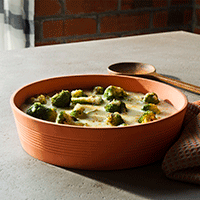
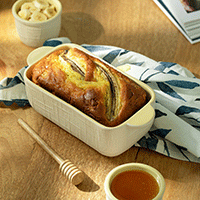
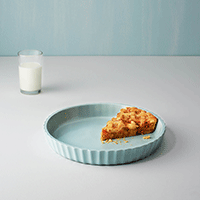
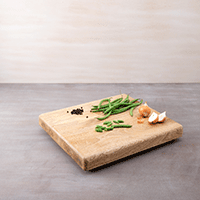
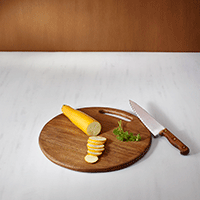
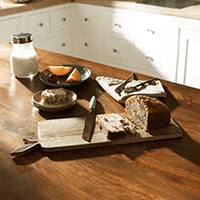
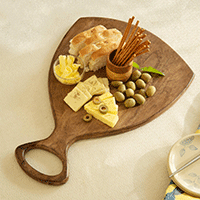
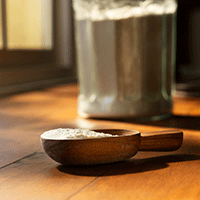
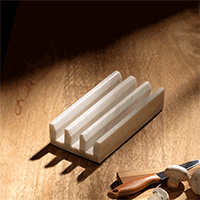
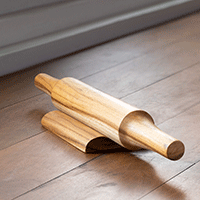

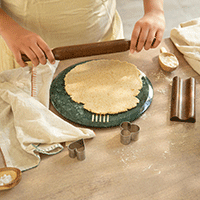
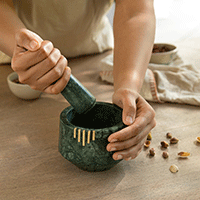
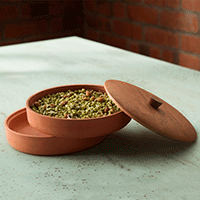
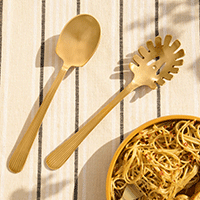
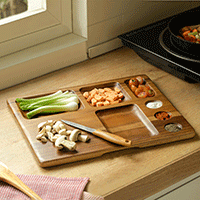
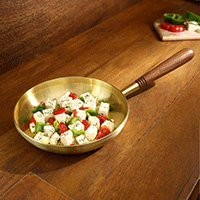
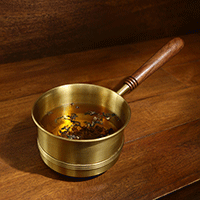
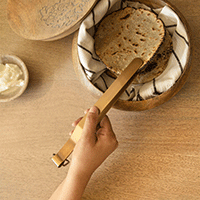
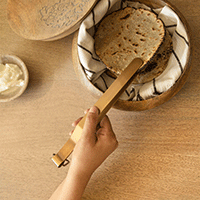
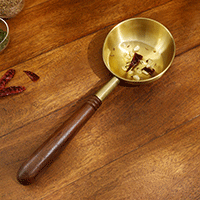

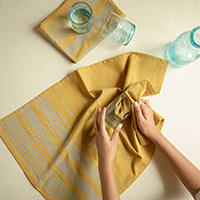
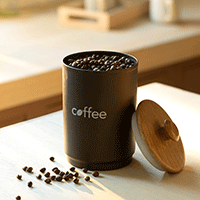
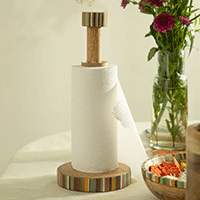
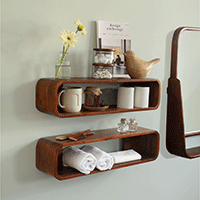
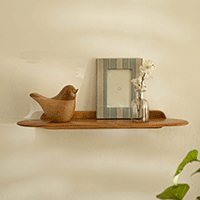
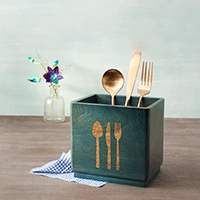
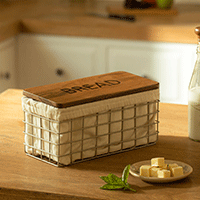
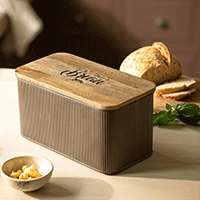
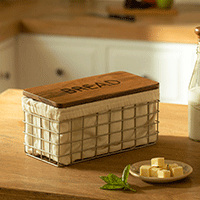
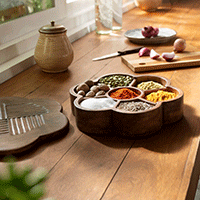


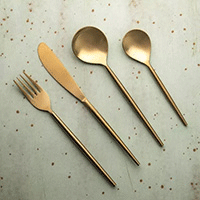
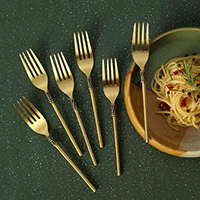
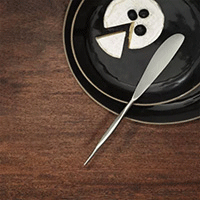
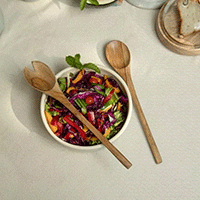
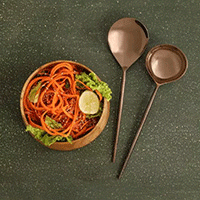
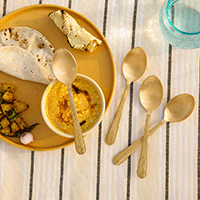
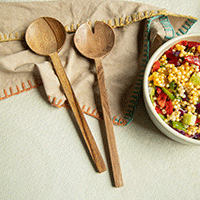
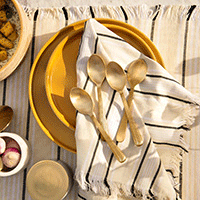
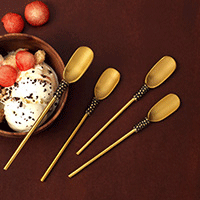
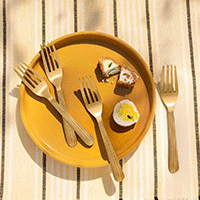
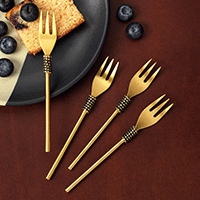
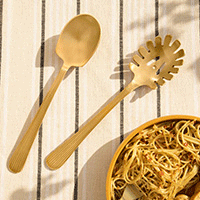
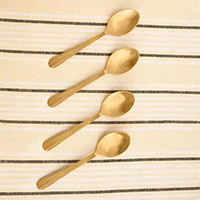

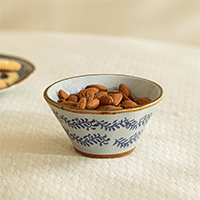
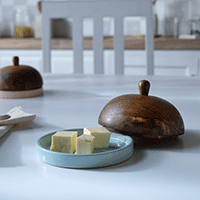
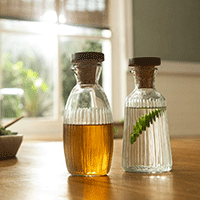
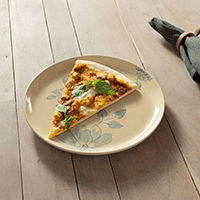
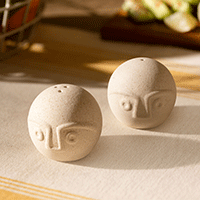
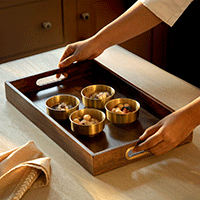
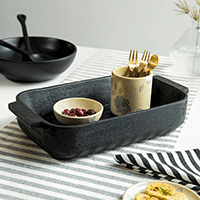
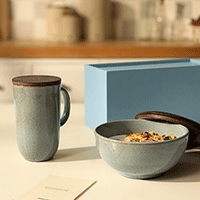


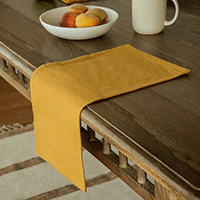
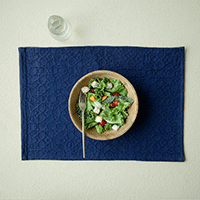
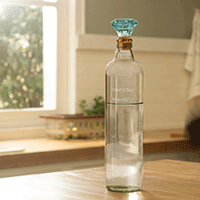
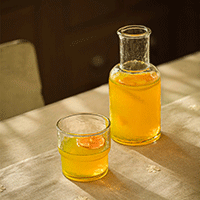
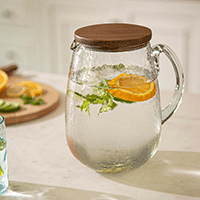


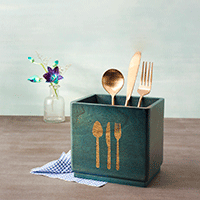
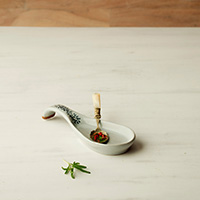
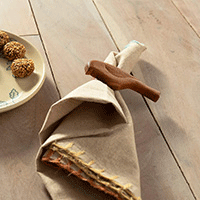

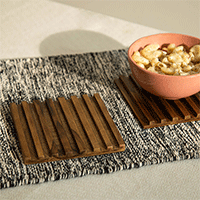
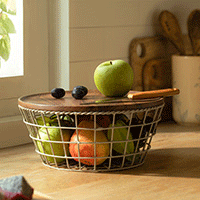
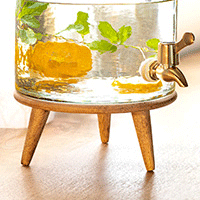
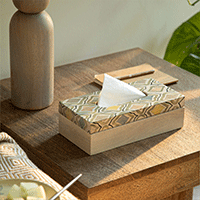

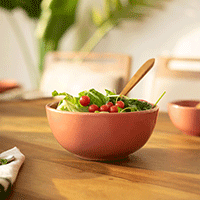
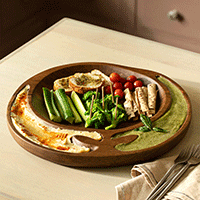
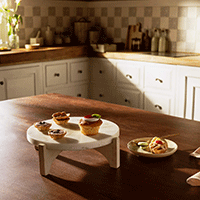
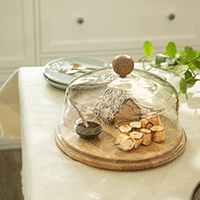
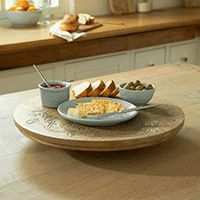
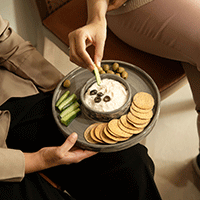
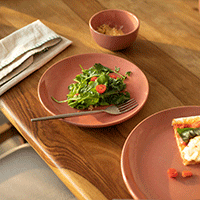
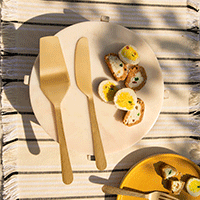
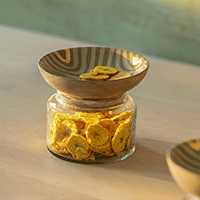
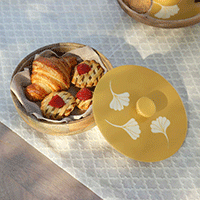
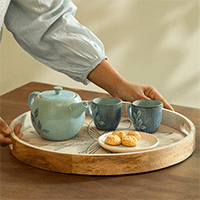
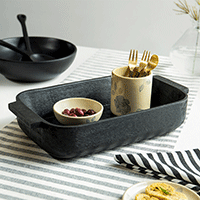
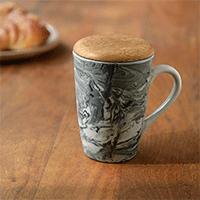
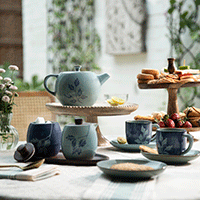
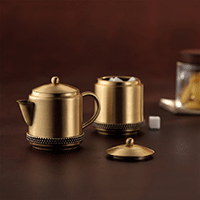
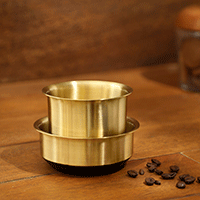

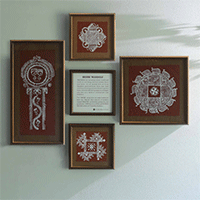
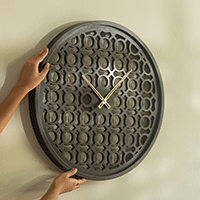
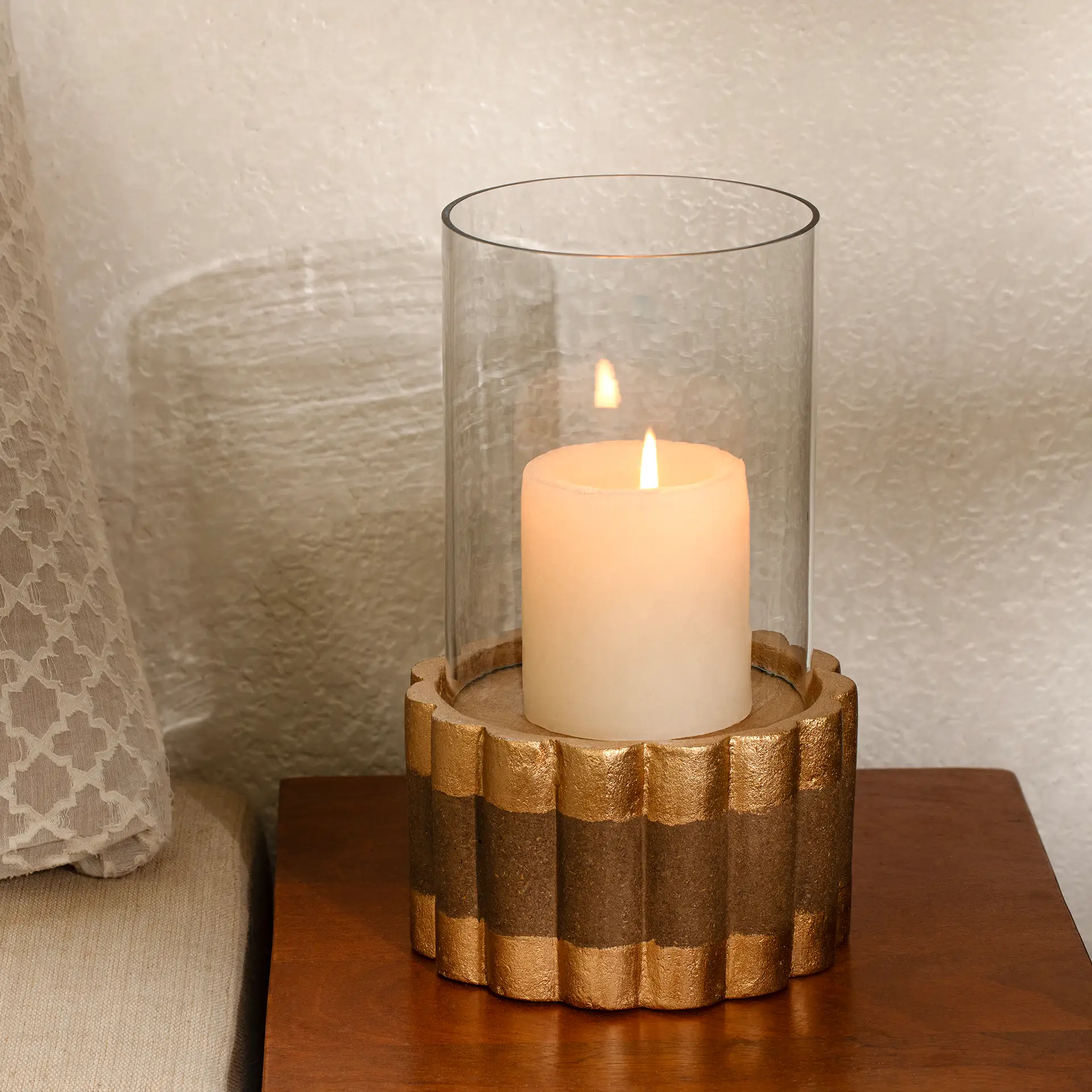
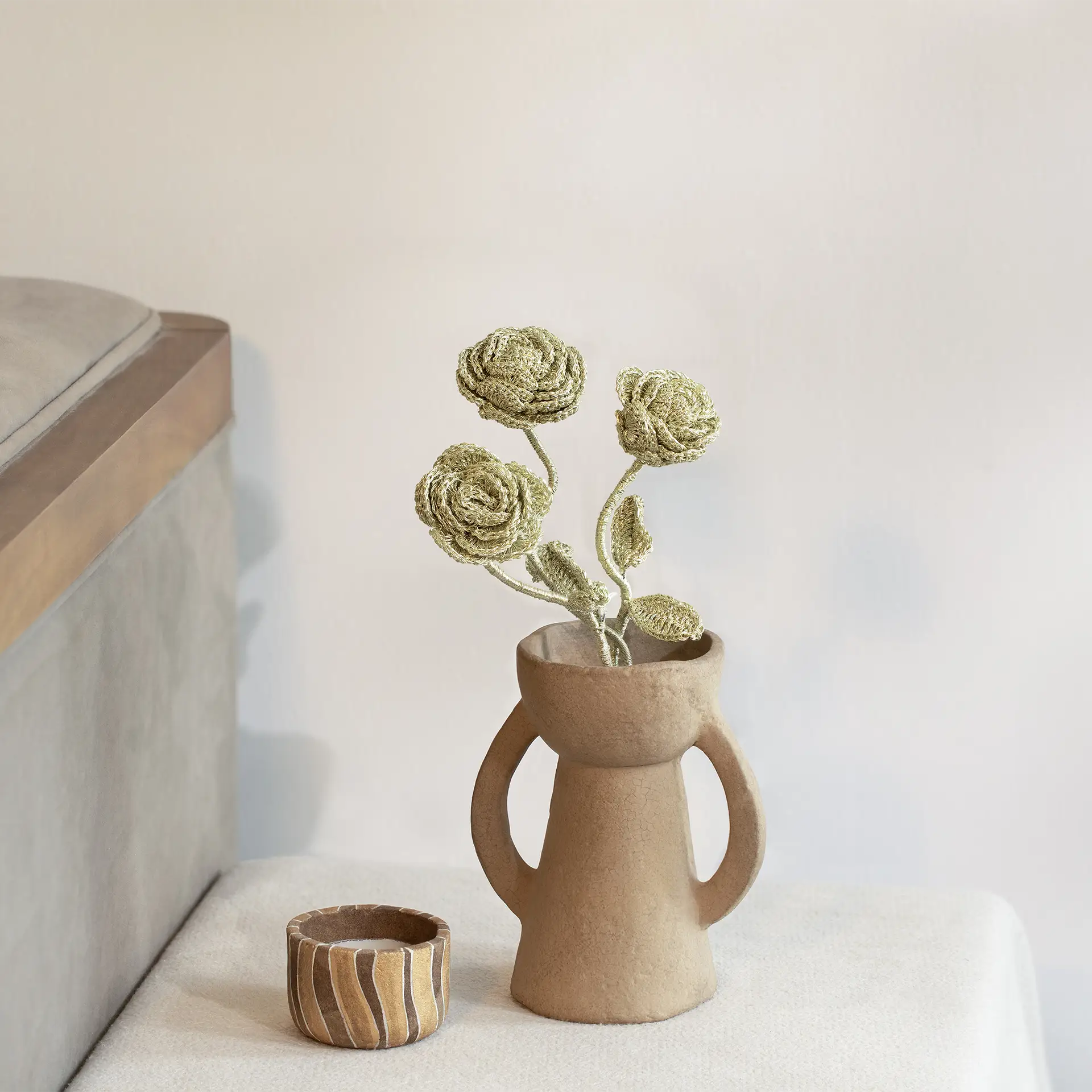
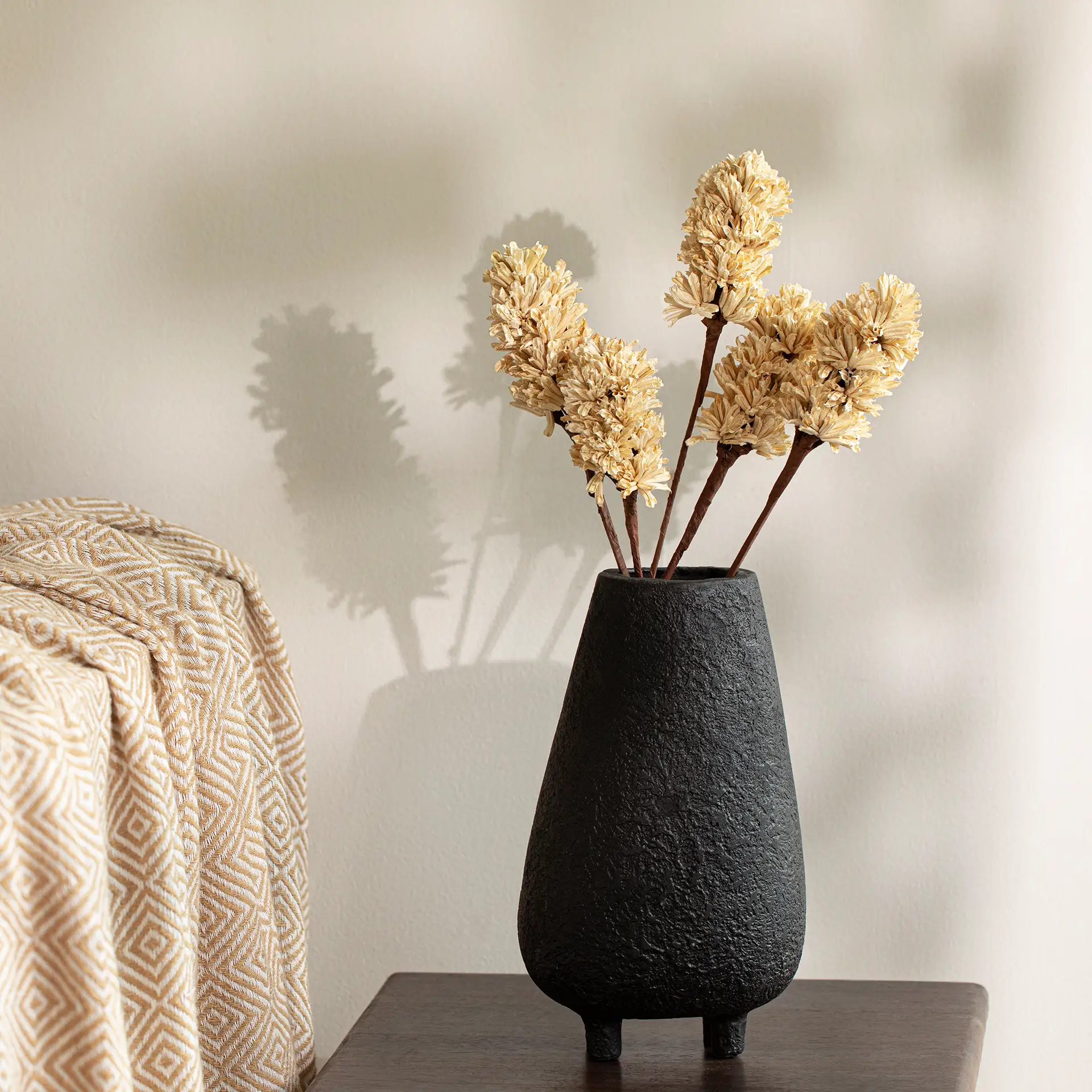
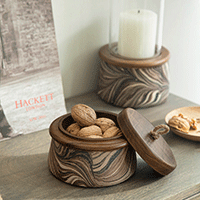
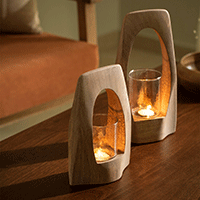

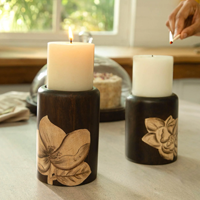
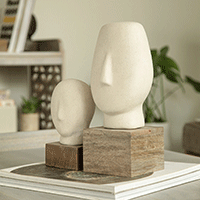
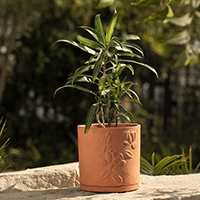
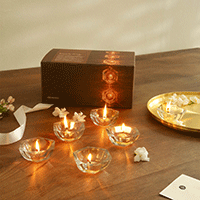
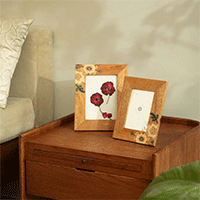
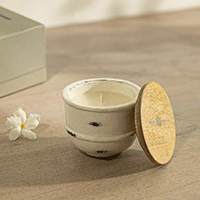
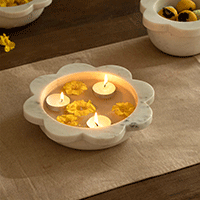

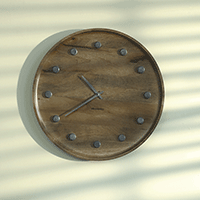
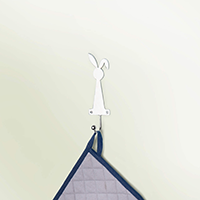
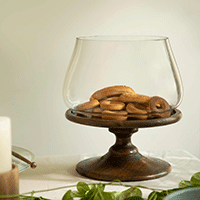

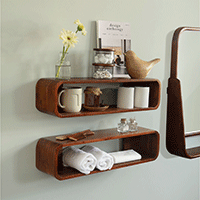


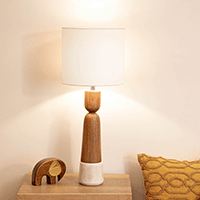
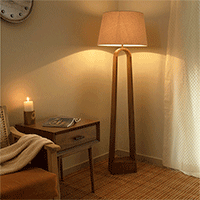
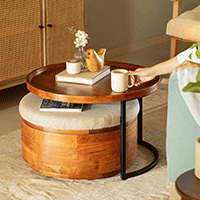
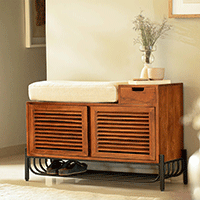
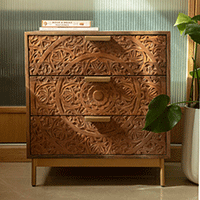
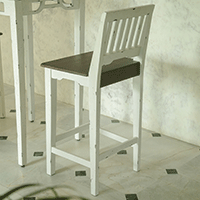
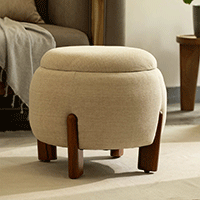
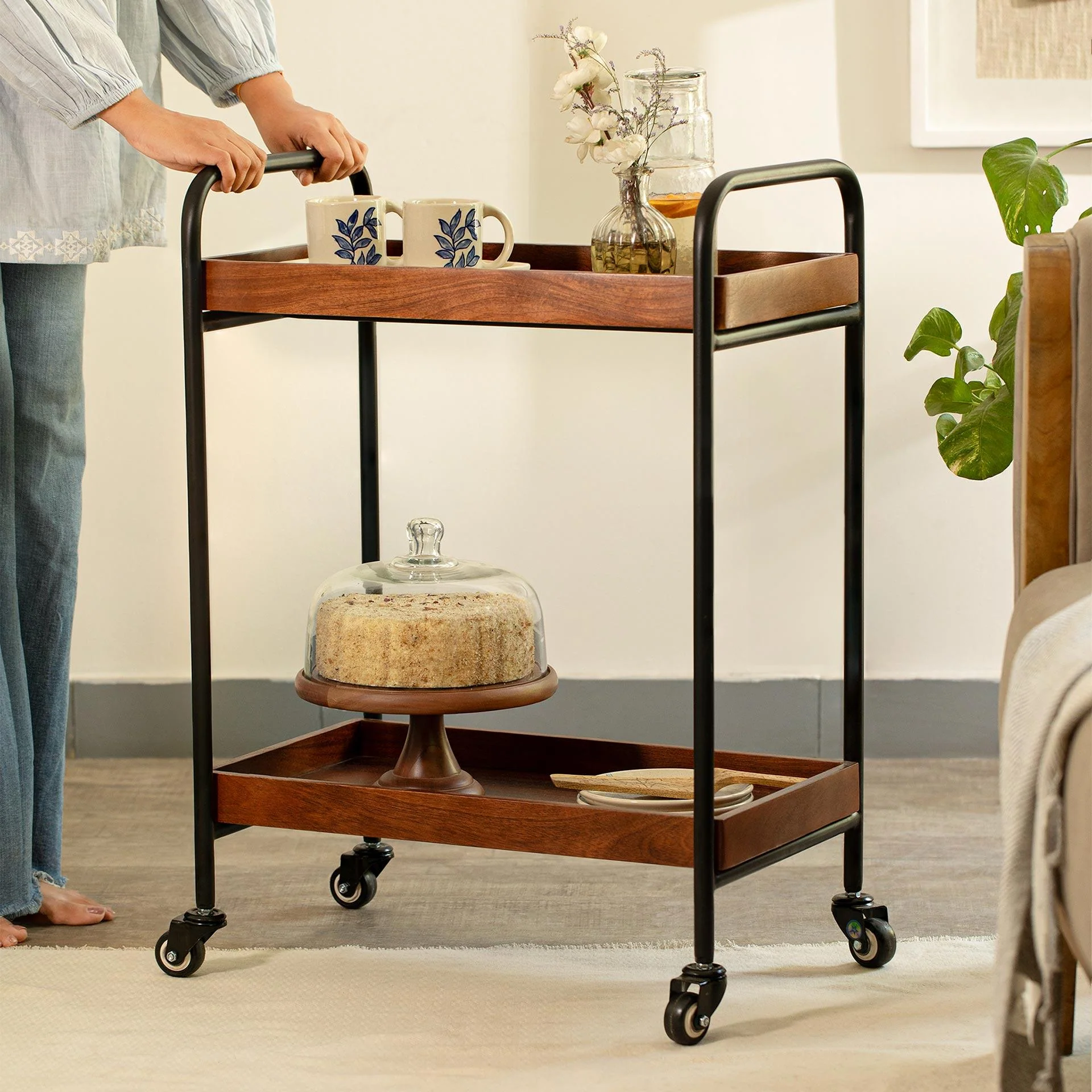

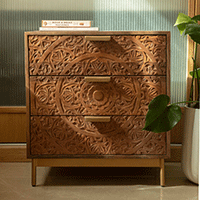
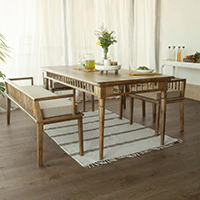
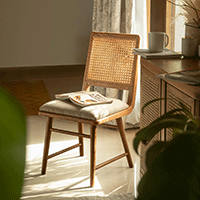

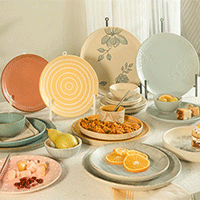
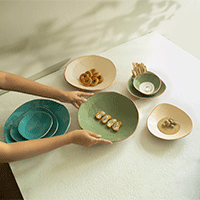
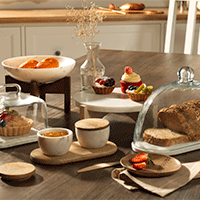
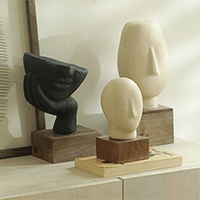
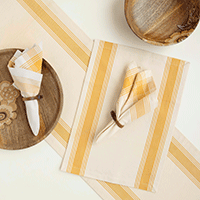
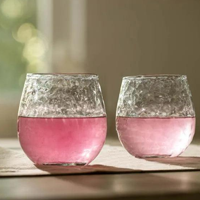
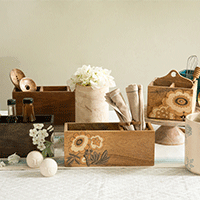
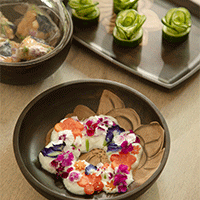
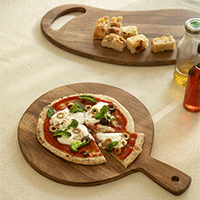
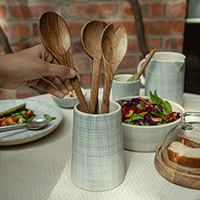
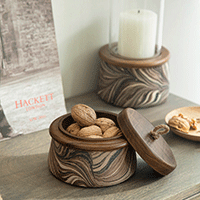
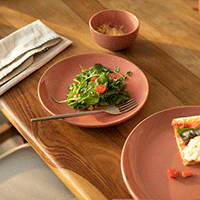
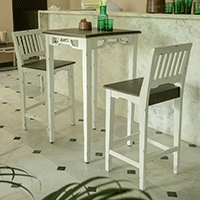
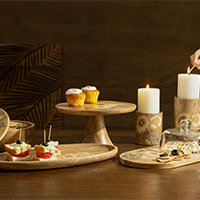
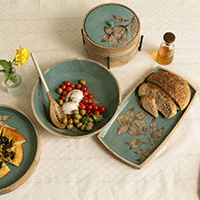
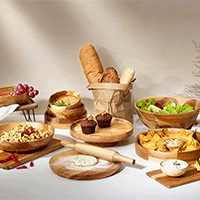
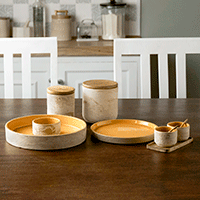
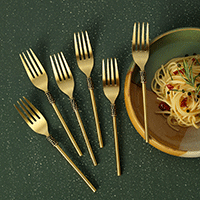
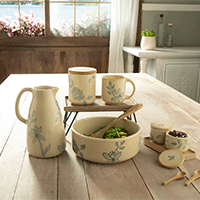
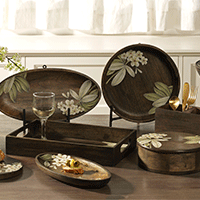
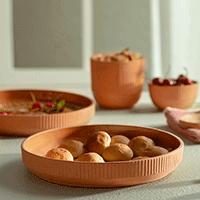
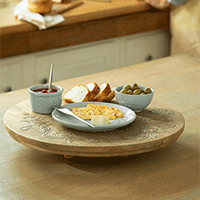
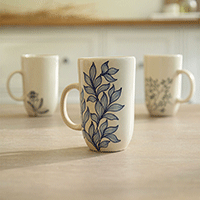
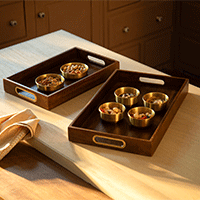

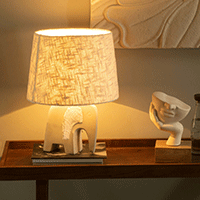
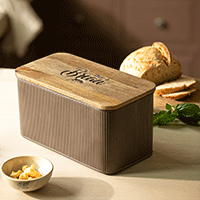
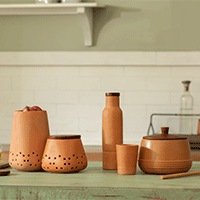
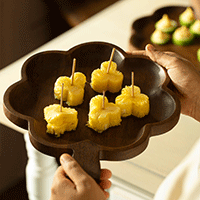
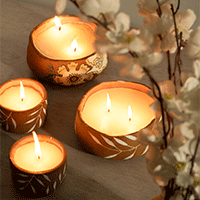
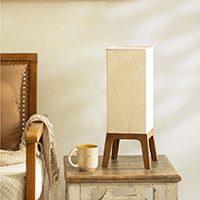
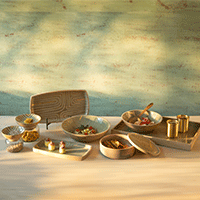
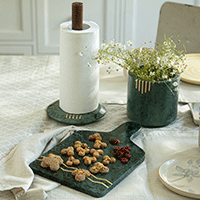
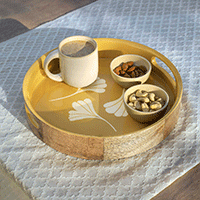

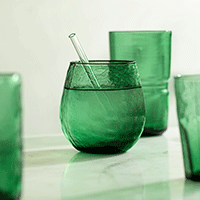
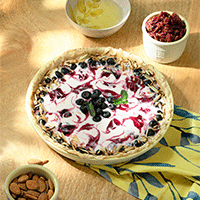
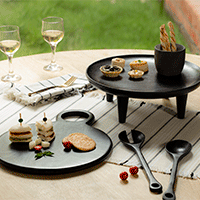
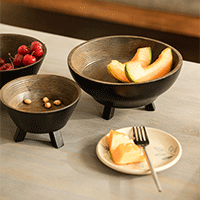
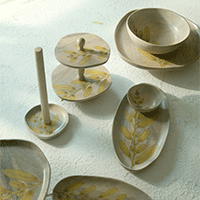
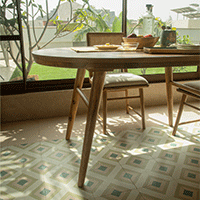
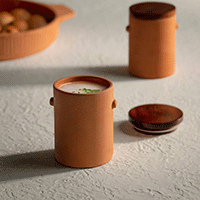
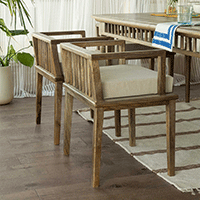



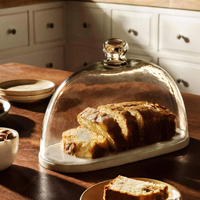
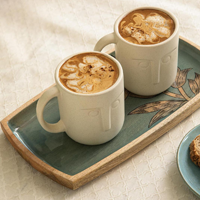
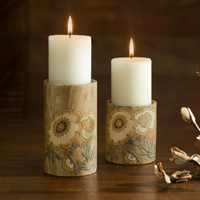
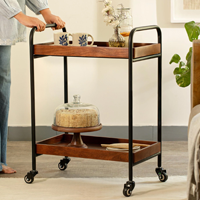
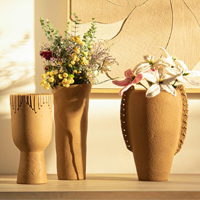
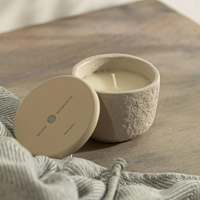
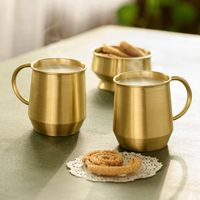
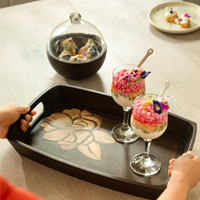
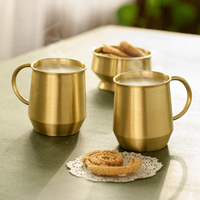
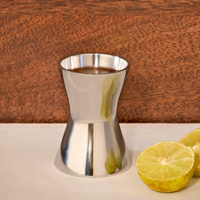
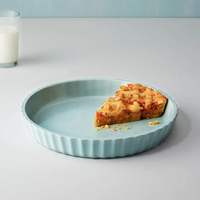
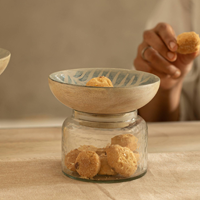
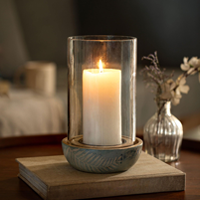

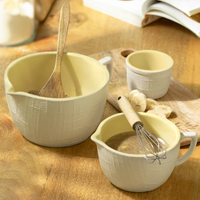
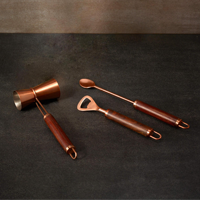
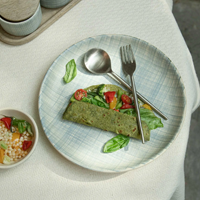


















 easy returns
easy returns safe & secure
safe & secure hand crafted
hand crafted
